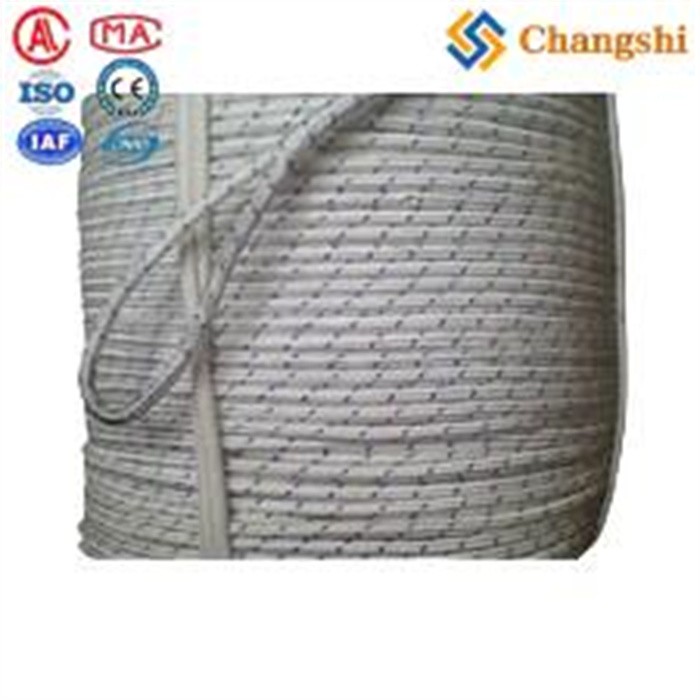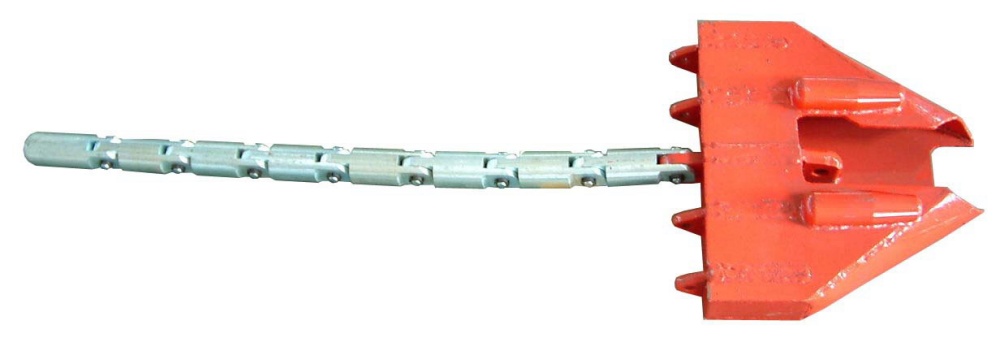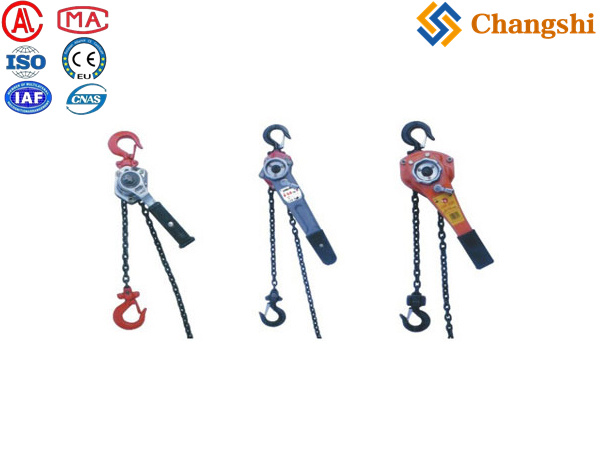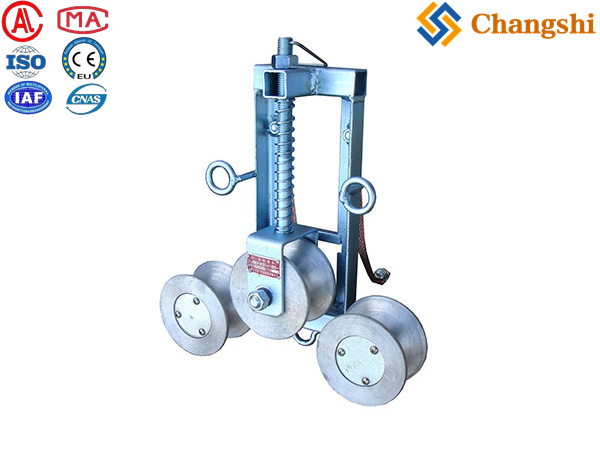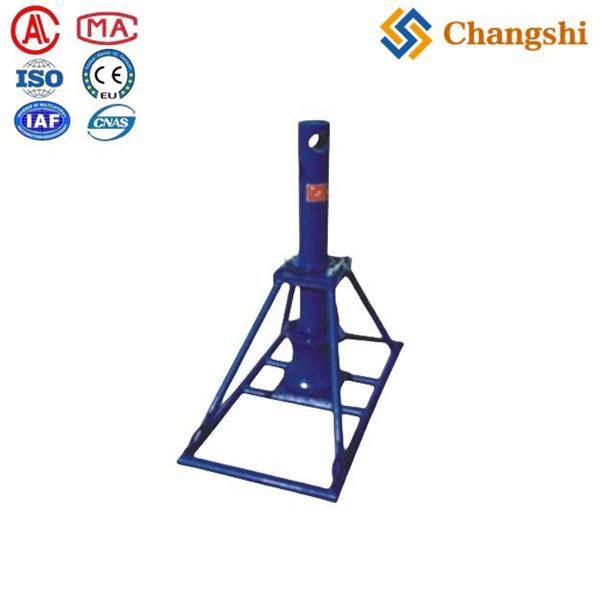
Dyneema Rope For Overhead Power Transmission Lines Stringing Construction
Dyneema rope is widely used for overhead power transmission line stringing construction due to its exceptional strength, lightweight, and durability. Here are the key details and benefits relevant to this application.
- Transmission Line Wire Cable Conductor Tension Stringing Equipment
- Transmission Conductor Tension Stringing Equipment For Overhead Power Lines
- Tools For Power Lines,Substation,Electrical Construction & Maintenance
- Electric Power Transmission Distribution Line Construction Machine Tools
- Overhead Power Transmission Distribution Line Repair Hardware Fittings
- Underground Cable Laying Pulling Installation Equipment Machine Tools Accessories
- Information
- Video
Dyneema rope is widely used for overhead power transmission line stringing construction due to its exceptional strength, lightweight, and durability. Here are the key details and benefits relevant to this application:
-
: Dyneema ropes are made from ultra-high-molecular-weight polyethylene (UHMWPE) fibers, often braided into a 12-strand core with an external protective jacket or mesh sock, which can also be made of Dyneema fibers for enhanced durability. This construction provides anti-twisting properties and excellent protection during use.
-
: Dyneema fiber ropes have a breaking strength comparable to steel wire ropes of the same diameter but weigh only about 15% of steel ropes. For example, a 12 mm diameter Dyneema rope can have a breaking load around 137 kN, with a net weight of approximately 84 kg per 1000 meters, which is significantly lighter than steel alternatives.
-
: Dyneema ropes exhibit low elongation under load (around 0.46% to 0.96% depending on the rope diameter and construction), which helps minimize arc sag during stringing, ensuring that the clearance distances for power lines are maintained safely.
-
: Dyneema ropes are highly resistant to abrasion, fatigue, UV radiation, chemical corrosion, and moisture. They do not require additional UV treatment and maintain performance in harsh environmental conditions, which is critical for overhead line construction exposed to weather.
-
: The synthetic nature of Dyneema provides excellent electrical insulation and moisture resistance, enhancing safety for workers stringing energized power lines.
-
: Dyneema ropes are flexible, easy to splice, and handle, which facilitates efficient stringing operations. Their light weight reduces labor intensity and improves work efficiency on site.
-
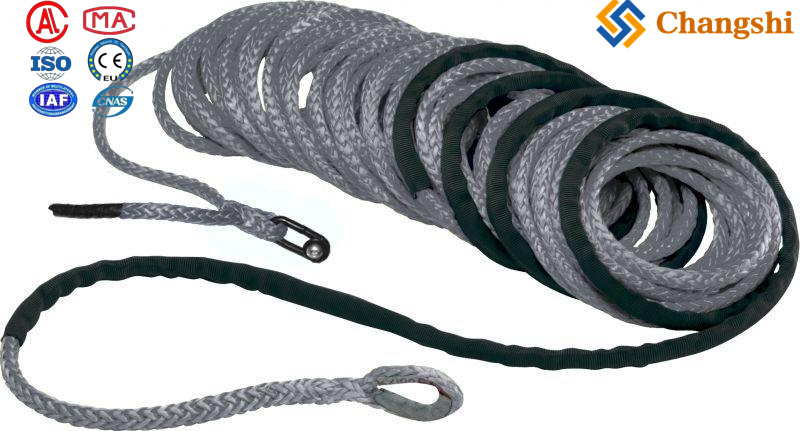
-
Used as pulling lines for conductors or optical ground wire (OPGW) on hot (energized) transmission lines, allowing safe and efficient stringing without de-energizing lines.
-
Employed as pilot lines or winch lines in overhead transmission stringing, replacing traditional steel wire ropes to reduce weight and improve safety.
-
Utilized in complex rigging and temporary pipe restraint systems related to power line construction.
| Feature | Description |
|---|---|
| Material | UHMWPE fibers (Dyneema), 12-strand braided core with Dyneema or synthetic fiber jacket |
| Strength | Comparable to steel wire rope; breaking loads range from ~4 kN (2 mm dia) up to ~296 kN (18 mm dia) |
| Weight | About 15% of steel wire rope weight |
| Elongation | Low elongation (~0.46% to 0.96%), controls sag |
| Resistance | UV, abrasion, chemical, moisture resistant; no UV treatment needed |
| Electrical Insulation | Excellent, suitable for energized line work |
| Handling | Flexible, easy to splice and handle |
| Safety | Insulating, lightweight, reduces labor intensity |
Dyneema ropes represent an advanced, high-performance alternative to steel wire ropes for overhead power transmission line stringing, offering significant advantages in strength-to-weight ratio, durability, and safety for energized line construction.

